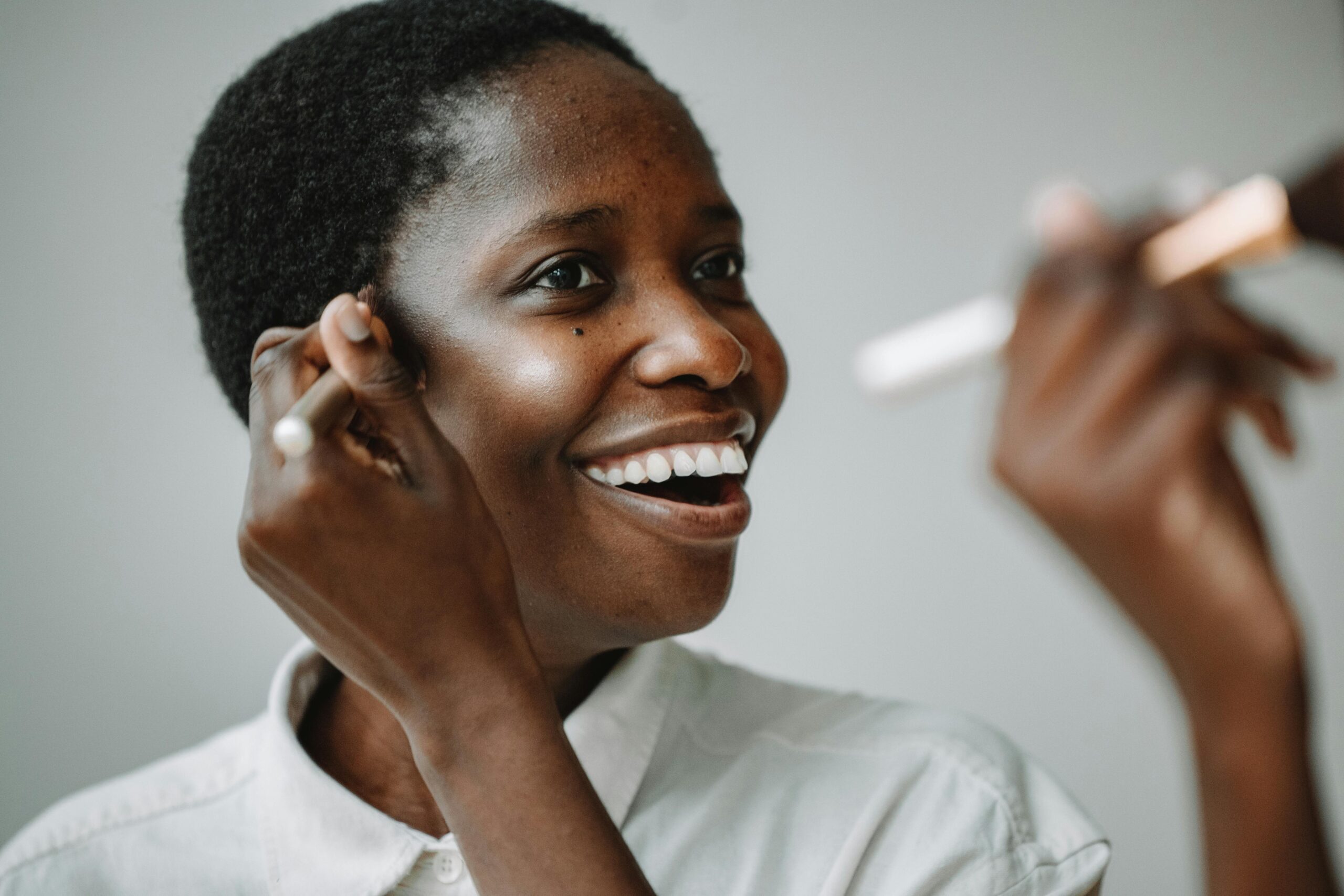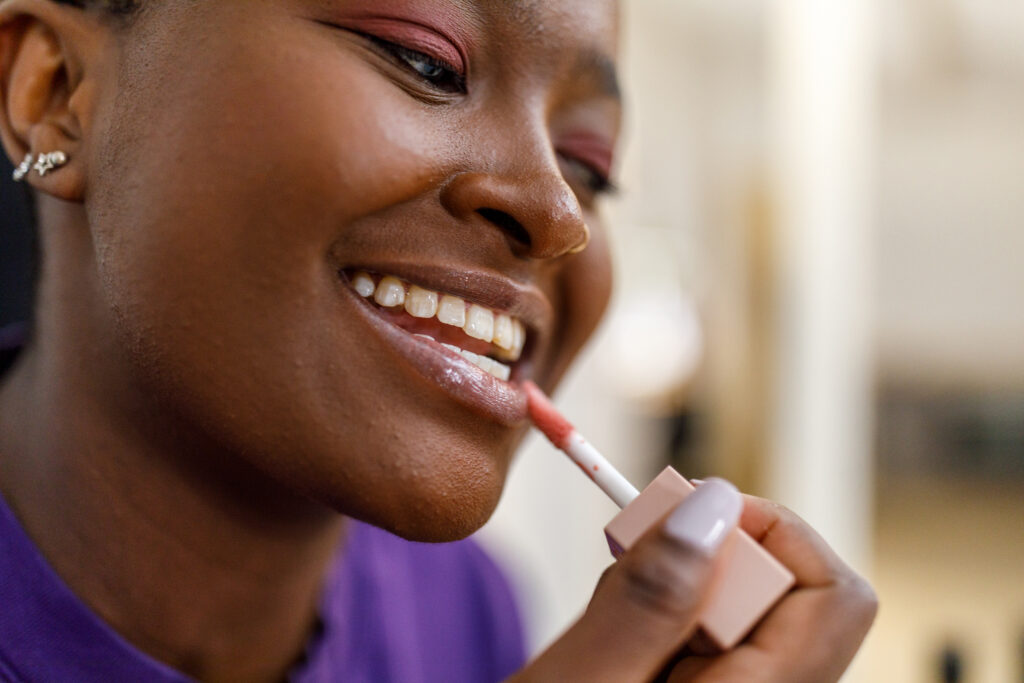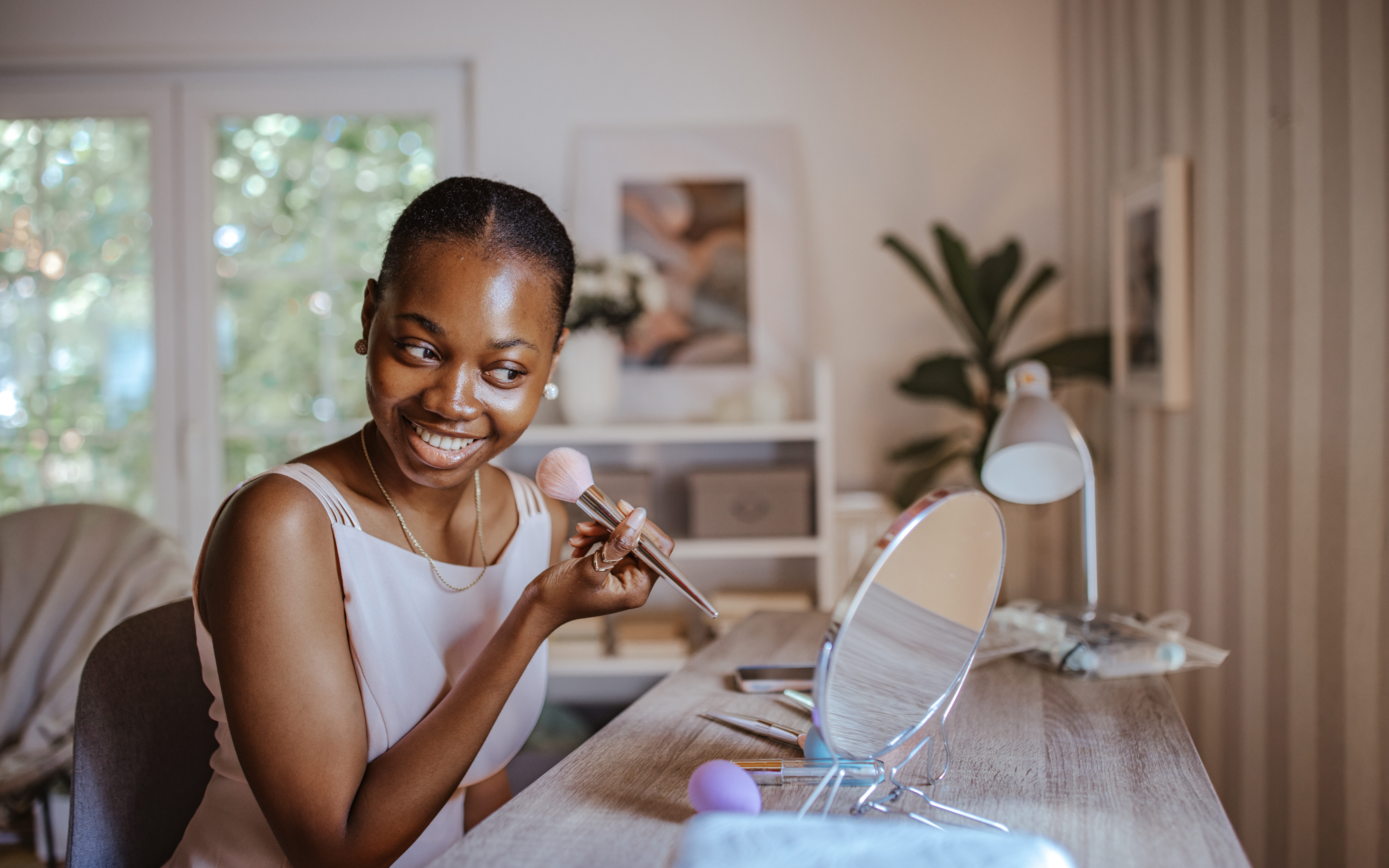Your signature look awaits you and just a few (maybe several) mistakes are standing in the way. Makeup is a form of artistry and creativity that allows you to enhance (and possibly play down) any part of your face you’d like. But with an array of tutorials and products, it can be tough knowing where to start. And having a go-to look for work or festivities would make things that much easier. So, in an effort of getting to that place, here are eight makeup mistakes to avoid when finding your signature look.
Applying Moisturizer To Your Skin Without Wetting Your Face First
There are a host of moisturizers, primers and concealers available to us thanks to the cosmetic scientists who know that our skin has a range of textures, colors and natural moisture levels. As far as moisturizers, whether you’re oily, combo or dry, there’s at least one that will help your skin to feel and look the part. However, if applied to dry skin, you might as well have not applied it. Wet skin allows the moisturizer to enter the skin differently, allowing the moisturizer to trap water moisture that’s already on the skin.
Not Knowing Your Skin Type Before Purchasing Or Applying Primer
For primers, there’s a host of options available to buyers according to their skin type and the look that they’re trying to achieve. The mattifying, moisturizing and other elements that complement skin will help to create the perfect foundation for the rest of your makeup. If you have oily skin and get a dewy primer or dry skin and get a mattifying primer, you could be adding steps to your routine that will make you work harder than smarter.
Placing Your Concealer Too High Or Low Under Your Eyes
Concealer can be applied before the foundation, after or both for a brighter or more sculpted look (in partnership with bronzing or contour). However, the placement determines the shape and brightness level of your face. When placed under the eyes, apply it right along the sockets, not dropping too low onto the cheek.

Using All of The Eyeshadows in a Palette for One Look
Next up is the eye makeup, which can require more focus than the other steps in finding your signature look. There are the brows, the lashes, the water lines and the shades you’ll apply to the lid to bring your face to life. If you already have a bold brow, you can start with (or skip) the shaping or filling in. This should be according to your preference and what will make your face look the most balanced. The eyeshadow you use also has the power to create balance or imbalance on your face. Palettes provide options; however, mixing all of them isn’t necessary. Excitement over the colors, weights and finishes is understandable. However, committing to one or a few will help you to achieve a more feasible look that doesn’t weigh down the eyes or face.
Matching Your Foundation Without Considering Undertones
Foundation, when matched properly, will add cohesion to the look. Matching your natural shade, it will look like your skin over time once you figure out what application style and set of products work best for you. However, if your foundation fails to consider your undertones, then your application can turn out looking flat. The yellows in your cheeks, reds along your forehead or live tones along the bottom of your face need to be taken into consideration. Of course having multiple foundations can solve this problem, as can concealing, highlighting, etc.
Choosing a Blush That Doesn’t Complement Your Skin Tone
Blush has also made a comeback with pink, purple and orange hues that can fit the vibe and complement the hue of your skin. Deeper tones of brush like burgundies and purple can complement deeper skin tones of foundation as lighter pinks and peaches can complement brighter tones. However, the pigmentation level of a blush can ultimately determine how wearable it is across skin tones. Play with products until you find something that works.

Using the Wrong Setting Powders and Sprays
Once you’ve finished everything but your lips, you’ll want to apply a setting powder and/or spray that locks in all of the products. Some makeup artists recommend applying the powder or spray at several points throughout the routine, layering if you will. The powders vary in color helping to brighten and conceal as well. Whether yellow, neutral, white or pink, it all depends on the look you desire. Setting sprays, although associated with providing wearers with a long-lasting look, is actually meant to seal your layers into one. Fixing sprays, on top of setting sprays, are what lock the look in so that it won’t move or fade throughout the day. And some are long-lasting, allowing your makeup to glow for upwards of 14 hours.
Skipping Moisturizing Or Lining the Lips
Once that’s done, you can add the finishing touches like your lipstick or lip stains. You’ll want to moisturize your lips first, probably ahead of starting the routine altogether. At this stage, you can add the bold color or neutral liner that will allow the stain or gloss to pop. Neutral lips usually call for a deeper liner whereas bold lips can be lined with a shade that’s an exact match.
Which of these mistakes have you been making? Do you know which products you’ll use instead or differently?
